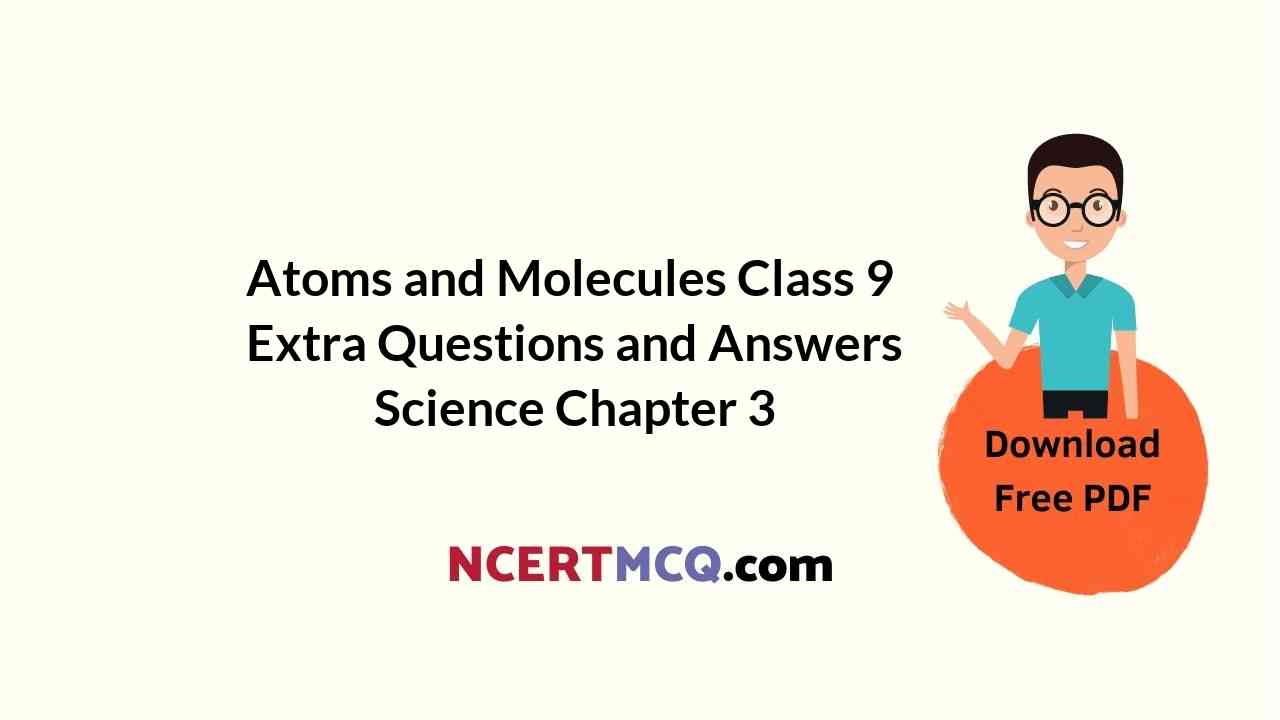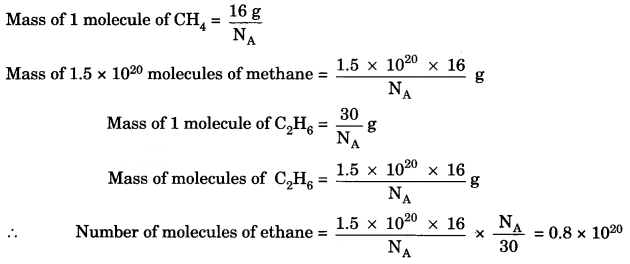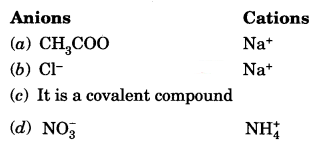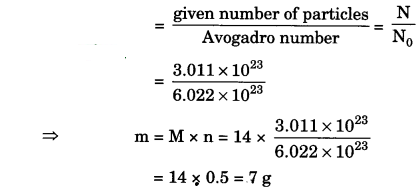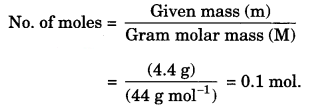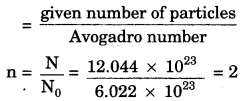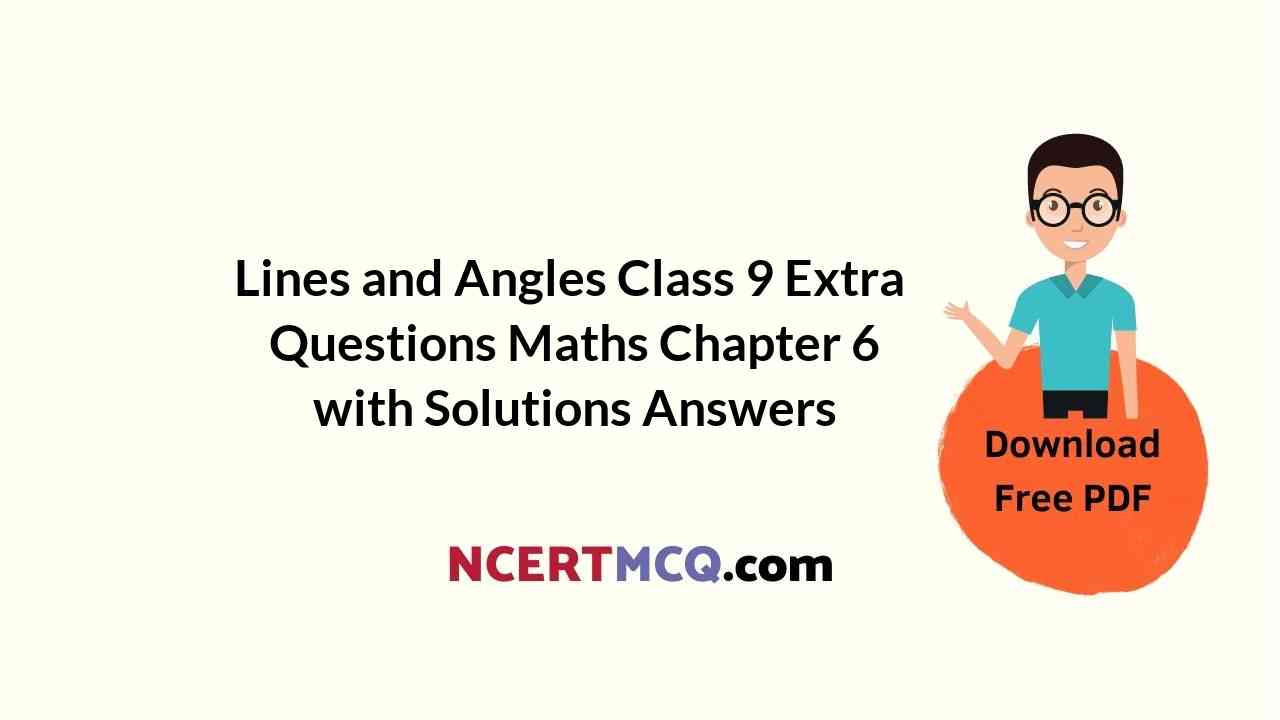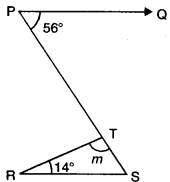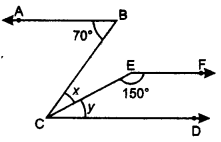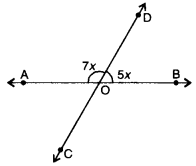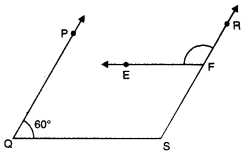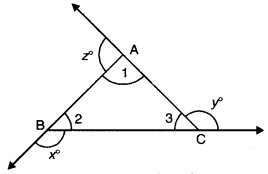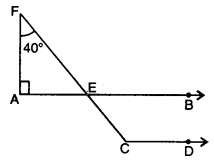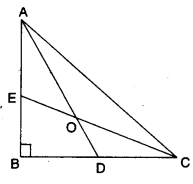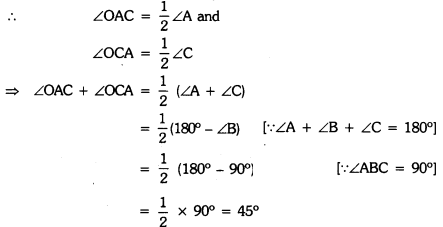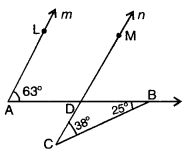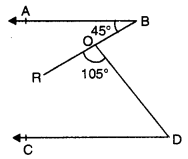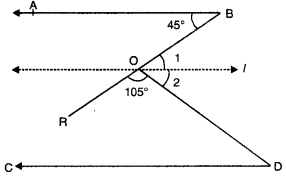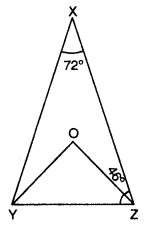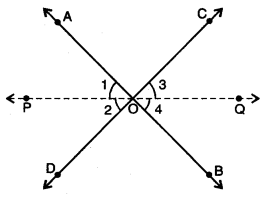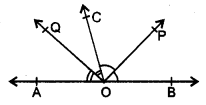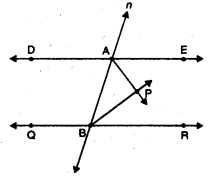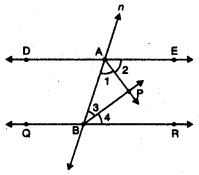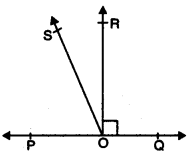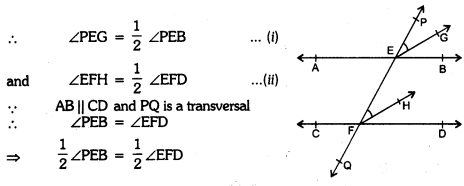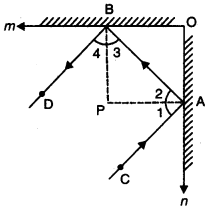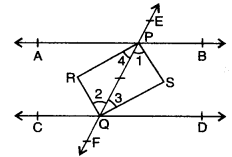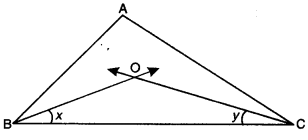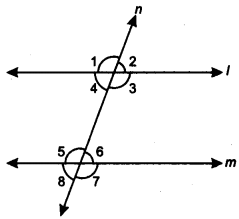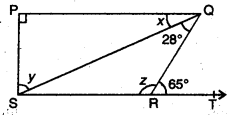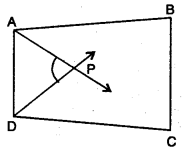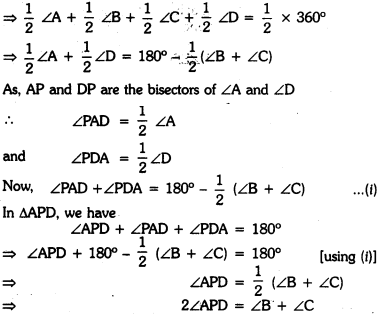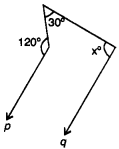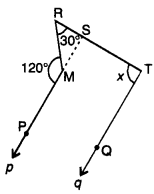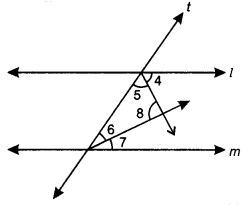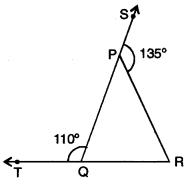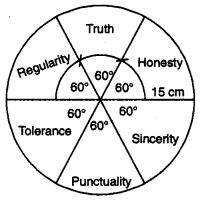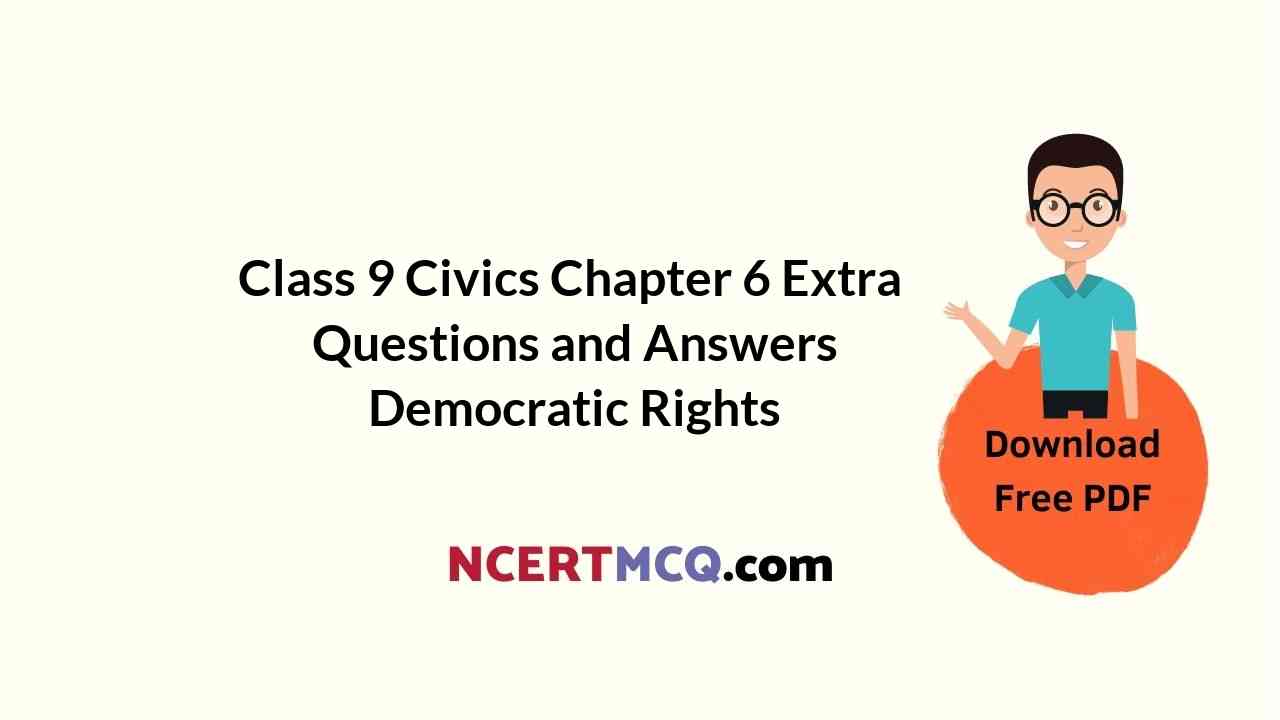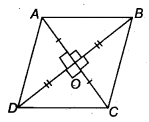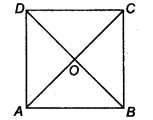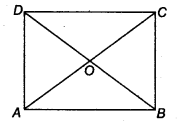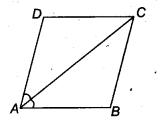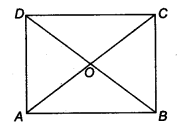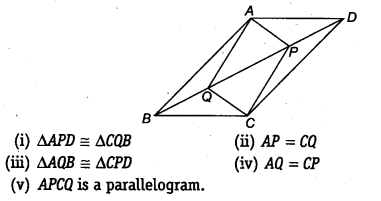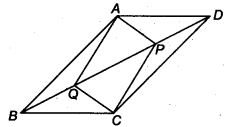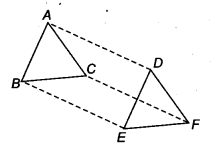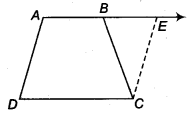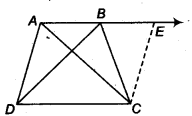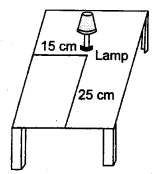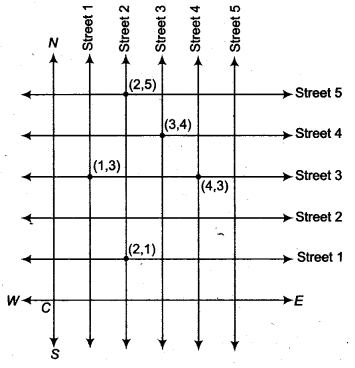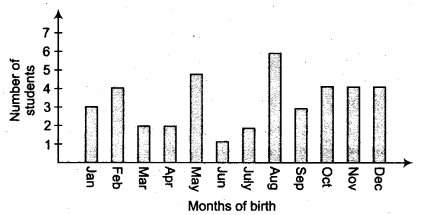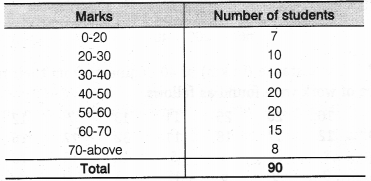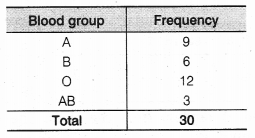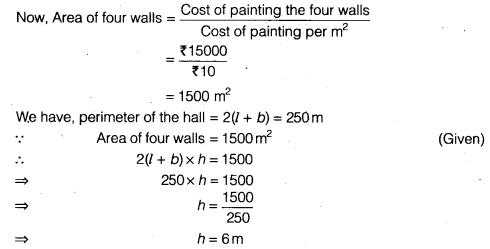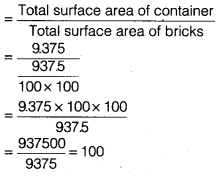Check the below Online Education NCERT MCQ Questions for Class 9 History Chapter 2 Extra Questions and Answers Socialism in Europe and the Russian Revolution Pdf free download. https://ncertmcq.com/extra-questions-for-class-9-social-science/
Online Education for Socialism in Europe and the Russian Revolution Class 9 Extra Questions History Chapter 2
Socialism In Europe And The Russian Revolution Extra Questions And Answers Question 1.
Who was Derozio ?
Answer:
Derozio (1809-1831) was a great advocate of rationalisnt. He too was impressed by the ideas of liberty, equality and fraternity of the French revolution.
Class 9 History Chapter 2 Extra Questions And Answers Question 2.
Mention the two main objectives of the liberals of the 19th century.
Answer:
- They wanted changes in the old order.
- They adocated the ideas of religious tolerance.
Russian Revolution Class 9 Extra Questions Question 3.
What did the radicals want ?
Answer:
The radicals of the 18th-19th centuries Europe were opposed to the system of privileges and had wanted government of the common man.
Class 9 History Chapter 2 Very Short Questions And Answers Question 4.
Why were the conserve lives against the liberals and the radicals ?
Answer:
The conservatives were against the liberals and the radicals because, unlike them, they were opposed to changes in the system.
![]()
Class 9 History Chapter 2 Short Questions And Answers Question 5.
Who was Guiseppe Mazzini ?
Answer:
Guiseppe Mazzini was a great nationalist of early 19th century Italy.
Extra Questions For Class 9 History Chapter 2 Question 6.
What is the main thrust of socialism?
Answer:
Property to be collective and its benefits be shared by all equitably.
Class 9 History Chapter 2 Questions And Answers Question 7.
Who was Louis Blanc?
Answer:
Louis Blanc (1813-1882), a French who wanted that the government encouraged cooperatives. The cooperatives were to be associations of people which produced goods together and divided the profits according to the work done by them.
Socialism In Europe And The Russian Revolution Questions And Answers Question 8.
When was the Second International formed? ‘
Answer:
In 1889, the socialists formed an international socialist body, called the Second International.
Class 9 History Chapter 2 Extra Questions Question 9.
When was the socialist revolution launched in Russia?
Answer:
In October 1917; according to the Russian calendar, in November 1917.
Class 9 History Ch 2 Extra Questions Question 10.
Who was the emperor in Russia on the eve of Revolution?
Answer:
Nicholas Ii, also known as Czar.
![]()
History Chapter 2 Class 9 Extra Questions Question 11.
What was the type of economy in Russia until 1917?
Answer:
Largely, the agricultural economy, with a low level of industrialisation.
Ncert Class 9 History Chapter 2 Extra Questions Question 12.
When was the Russian Social Democratic Workers Party founded?
Answer:
The party was founded in 1898.
Russian Revolution Questions And Answers Pdf Question 13.
When was the Socialist Revolutionary Party (SRP) in Russia formed?
Answer:
The Socialist Revolutionary Party was formed in 1900.
History Class 9 Chapter 2 Extra Questions Question 14.
What incident is called the Bloody Sunday?
Answer:
The incident in which about 100 workers were killed and about 300 wounded by an attack on the striking workers, on a day which was Sunday, is called the Bloody Sunday.
Russian Revolution Extra Questions Question 15.
What is Russian steam roller?
Answer:
The imperial Russian army, the largest aimed force in the world, was known as the Russian steam roller.
![]()
Socialism In Europe And The Russian Revolution Class 9 Extra Questions Question 16.
What were Lenin’s ‘April theses’?
Answer:
A group of demands such as
- war to be brought close;
- land be given to the peasants;
- banks be nationalized.
Ch 2 History Class 9 Extra Questions Question 17.
Which type of calender the Russian followed and what did it mean?
Answer:
The Russian followed the Julian calendar which was 13 days ahead of the Gregorian calendar. So the February revolution took place on March 12 and the October revolution on 7th November according to the Julian calendar. Until February, the Russians ‘ followed the Julian calendar.
Class 9th History Chapter 2 Extra Questions Question 18.
What type of state was Russia after the October revolution?
Answer:
Russia (changed to the Union of Soviet Socialist Republic USSR in December, 1922) was a one-party state after the October revolution.
Class 9 Chapter 2 History Extra Questions Question 19.
Describe briefly the demands of the liberals of the 18th-19th centuries Europe.
Answer:
The liberals of the 18th-19th centuries Europe opposed
- the uncontrolled power and absolutism of dynastic rulers;
- they wanted to safeguard the rights of individuals against government;
- they argued for a representative, elected parliamentary government, subject to laws interpreted by a well-trained judiciary that was independent of rulers and officials,
- they felt men of property mainly should have the vote. They did not want the vote for women.
Chapter 2 History Class 9 Extra Questions Question 20.
Who were the radicals and what did they want?
Answer:
The radicals were those who wanted fundamental changes in the social and political systems of the 18th-19th centuries Europe.
In contrast, the radicals wanted a nation in which government was based on the majority of a country’s population. Unlike liberals, they opposed the privileges of great landowners and wealthy factory owners. They were not against the existence of private property but disliked concentration of property in the hands of a few.
![]()
Question 21.
Describe the major adverse effects of industrialisation.
Answer:
Industrialisation brought men, women and children to factories; Work. hours were often long and wages were poor, Unemployment was common, particularly during times of low demand for industrial goods.
Question 22.
Sum up the contribution of Marx and Engels.
Answer:
Karl Marx (1818-1883) and Friederich Engels (.1820-1895) were great socialists. They had argued that industrial society was capitalist. Capitalists owned the capital invested in factories and the profit of capitalists was produced by workers. The conditions of workers could not improve as long as this profit was accumulated by private capitalists.
Workers had to overthrow capitalism and the rule of private property. Marx believed that to free themselves from capitalist exploitation, workers had to construct a radically socialist society where all property was socially controlled. This would be a communist society.
Question 23.
What was Lenin’s perception of the Russian peasants?
Answer:
Lenin felt that the peasants were not one united group. Some were poor and others rich, some worked as labourers while others were capitalists who employed workers. Given this ‘differentiation’ within them) they could not all be part of a socialist movement. So he wanted to have the peasants in the second line of defence, workers being the first line.
Question 24.
What was the impact of World War I on Russian economy?
Answer:
The war also had a severe impact on industry. Russia’s own industries were few in number and the country was cut off from other supplies of industrial goods by German control of the Baltic Sea. Industrial equipment disintegrated more rapidly in Russia than elsewhere in Europe.
By 1916, railway lines began to break down. Able-bodied men were called up to “the war. As a result, there were labour shortages and small workshops producing essentials were shut down. Large supplies of grain were sent to feed the army. For the people in the cities, bread and flour became scarce. By the winter of 1916, riots at bread shops were common.
Question 25.
Give a brief account of the socialist society as was being envisaged in Russia after tire October 1.917 revolution:
Answer:
During the civil war, the Bolsheviks kept industries and banks nationalised. They permitted peasants to cultivate the land that had been socialised, the Bolsheviks used confiscated land to demonstrate what collective works could be, A process of centralised planning was introduced.
Officials assessed how the economy could work and set targets for a five-year period. On this basis, they made the Five Year Plans. The government fixed all prices to promote industrial growth during the first two ‘Plans’.
![]()
Question 26.
What were the economic, social and political- causes of the October 1917 Revolution in Russia.
Answer:
Politically, the people of Russia resented the autocracy of Czar Nicholas II. The losses that the Russian suffered during World War I further weakened Russia’s view of Nicholas. Socially, Czarist Russia stood well behind the rest of Europe in its industry and farming, resulting in few opportunities for fair advancement on the part of peasants and industrial workers. Economically, widespread inflation in Russia contributed to the revolution.
I. Economic courses
Russia’s outdated economy and the Tsar’s failure to modernise it constituted one great cause of the Russian Revolution. Its agricultural, economy still resembled that of medieval Europe, with peasants bound to an inefficiently managed village commune, and using outdated farming methods.
Factory workers also suffered due to Russia’s young industry that sought to catch up with the rest of Europe. They had to endure terrible working conditions, including twelve to fourteen hour days and low wages.
Peasant’s conditions constituted another cause. They led a miserable life with no infrastructure supporting them. By 1917, famine threatened many of the larger cities, Nicholas’s failure to solve his country’s economic suffering and communism’s promise to do just that comprised the core of the Revolution.
II. Social Causes
The social causes of the Russian Revolution mainly came from centuries of oppression towards the lower classes by the Czarist relgime and Nicholas’s failures in World War I- While rural agrarian peasants had been emancipated from serfdom in 1861, they still resented paying redemption payments to tire state, and demanded the land they Worked.
The rapid industrialisation of Russia also resulted in urban overcrowding and poor conditions for urban industrial workers. There was also no running water, and piles of human manure were a threat to the health of the workers.
The World War I then only added to the chads. Conscription swept up the unwilling in all parts of Russia. The vast demand for factory production of war supplies and workers caused many more labour riots and strikes.
III. Political Causes
Politically, most areas of Russian society had reason to be dissatisfied with the existing autocratic system. They had no representation in government, and the Tsar remained out of touch with the people’s problems.
Dissatisfaction with Russian autocracy culminated in the Bloody Sunday massacre, in which the Russian workers saw their pleas for justice rejected as protesters were shot by the Tsar’s troops. The response to the massacre crippled the nation with strikes, and Nicholas released his October Manifesto, promising a democratic parliament (the State Duma), to appease the people.
Question 27.
Give an account of the global influence of the Russian Revolution and the USSR.
Answer:
Existing socialist parties in Europe did not wholly approve of the way the Bolsheviks took power and kept it. However, the possibility of a workers state fired peoples imagination across the world. In many countries, communist parties were formed- like the Communist Party of Great Britain.
The Bolsheviks encouraged colonial peoples to follow their experiments. Many non-Russians from outside the USSR participated in the Conference of the Peoples of the East (1920) and the Bolshevik-founded Comintern (an international union of pro-Bolshevik socialist parties). By the 1950s it was acknowledged within the country that the style of government in the USSR was hot in keeping with the ideals of the Russian Revolution.
A backward country had become a great power. Its industries and agriculture had developed and the poor were being fed. But it had denied the essential freedoms to its citizens and carried out its developmental projects through repressive policies. By the end of the twentieth century, the international reputation of the USSR as a socialist country had declined though it was recognised that socialist ideals still, enjoyed respect among its people.
![]()
Objective Type Questions
1. Select the correct word given in the bracket and fill in the blanks:
Question 1.
……………… opposed the uncontrolled powers of the dynastic rulers. (Liberals, Conservatives)
Answer:
Liberals
Question 2.
………………… . was an English manufacture who believed in cooperative community called New Harmony. (Robert Owen, Charles Fourier)
Answer:
Robert Owen
Question 3.
Louis Blanc was ……………….. socialist. (Russian, French)
Answer:
French
![]()
Question 4.
………………. ruled Russia in 1914. (Nicholas I, Nicholas II)
Answer:
Nicholas II
Question 5.
……………….. was leader of the Bolshevik Party. (Lenin, Plekhanov)
Answer:
Lenin.
2. Choose true (✓ ) and false (✗) from the following:
Question 1.
During the World War I, Great Britain, France, Turkey formed one alliance.
Answer:
(✗)
Question 2.
Russia withdrew from the World War I in 1915.
Answer:
(✗)
Question 3.
Duma in Russian is a word which means parliament.
Answer:
(✓ )
Question 4.
Lenin had his demands in his May theses.
Answer:
(✗)
Question 5.
Lenin succeeded after Stalin’s death.
Answer:
(✗)
3. Choose the correct answer from the four alternatives given below:
Question 1.
Second International was convened in:
(a) 1864
(b) 1889
(c) 1914
(d) 1921
Answer:
(b) 1889
![]()
Question 2.
Who led the government in Russia after the October 1917 Revolution?
(a) Stalin
(b) Kerensky
(c) Marx
(d) Lenin
Answer:
(d) Lenin
Question 3.
One the following is correct:
(a) The peasants were a satisfied lot in February 1916
(b) They were a contended lot in February 1917
(c) They had no complaint against the government in September 1917
(d) They wanted the land that they tilled.
Answer:
(d) They wanted the land that they tilled.
Question 4.
The February revolution in Russia is called:
(a) Nationalist revolution
(b) Capitalist revolution
(c) Socialist revolution
(d) None of the above
Answer:
(b) Capitalist revolution
Question 5.
The following followed the collectivization programme in 1929 in Russia:
(a) Lenin
(b) Kerensky
(c) Stalin
(d) Engels
Answer:
(c) Stalin.

